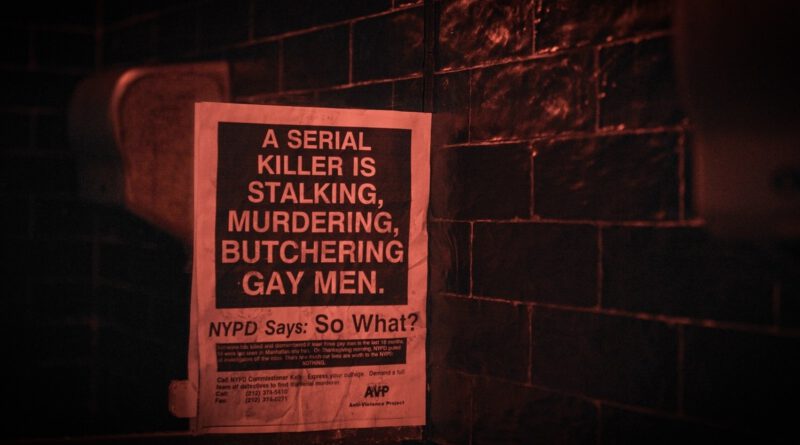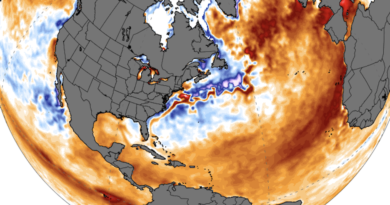HBO’s ‘Last Call’ is true crime done right
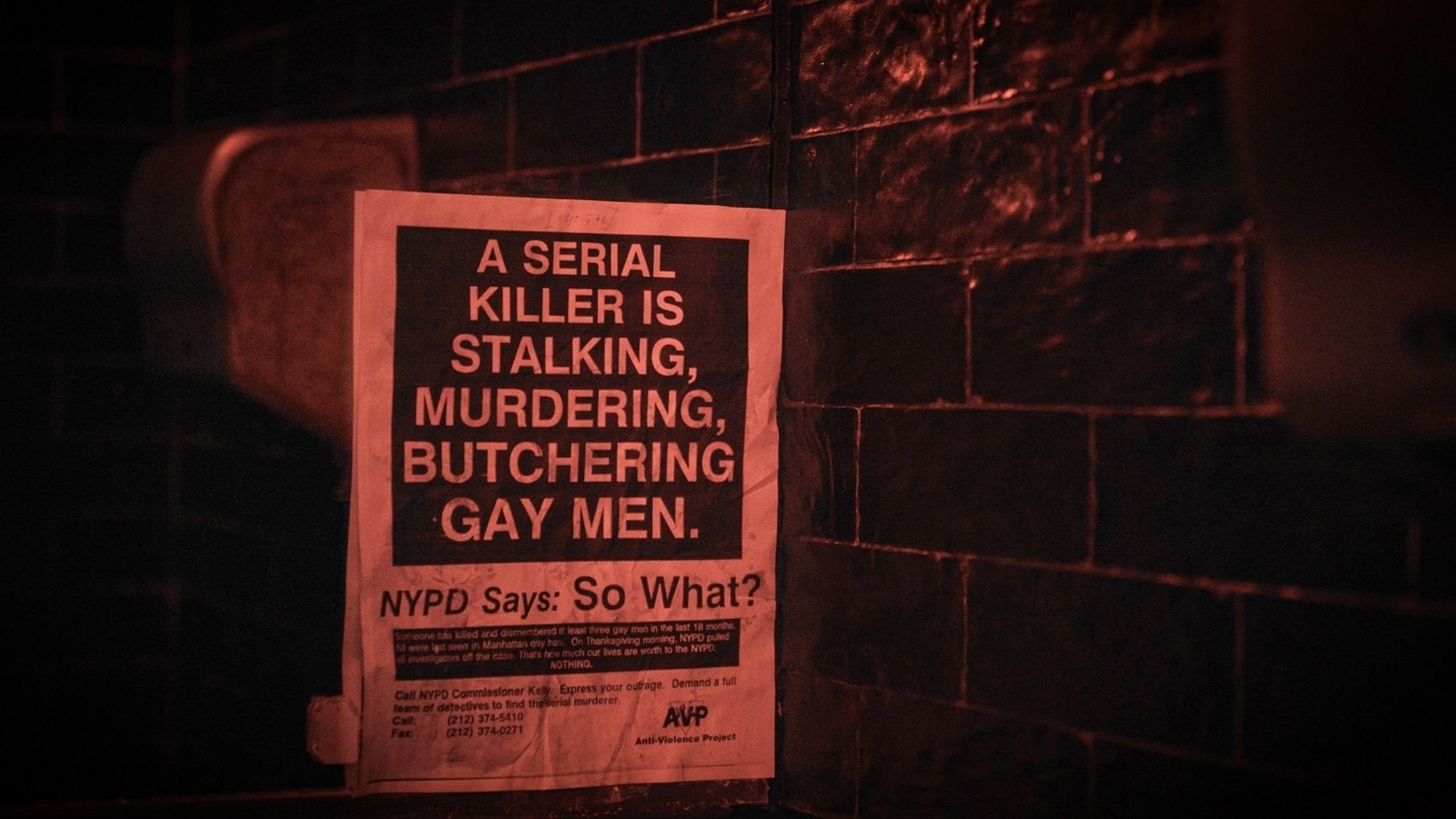
Between questions of ethics and criticisms of lurid dramatizations, the true crime genre has become as much a moral minefield as it is a source of entertainment for many. After all, behind every seemingly juicy murder case are grieving family members and friends who don’t want to see their loved one’s death reduced to a cheap thrill. How can true crime documentaries or podcasts responsibly respect their subjects without exploiting them? Is this kind of ethical storytelling even possible given the genre’s tendency to resurrect past acts of brutality?
Enter HBO’s documentary series Last Call: When a Serial Killer Stalked Queer New York, which documents the investigation and aftermath of a ’90s killing spree that targeted gay men in New York City. While I was initially put off by the show’s subtitle, fearing sensationalized trauma in the style of Ryan Murphy’s Dahmer, director Anthony Caronna’s sensitive treatment of difficult subject matter quickly won me over. Instead of focusing its main energy on the titular serial killer, Last Call finds deeper meaning and purpose in exploring how violence against queer people fostered these killings — and crucially, foregrounds the activists who fought hard to bring the truth to light.
Last Call tackles a horrifying true crime case with care.
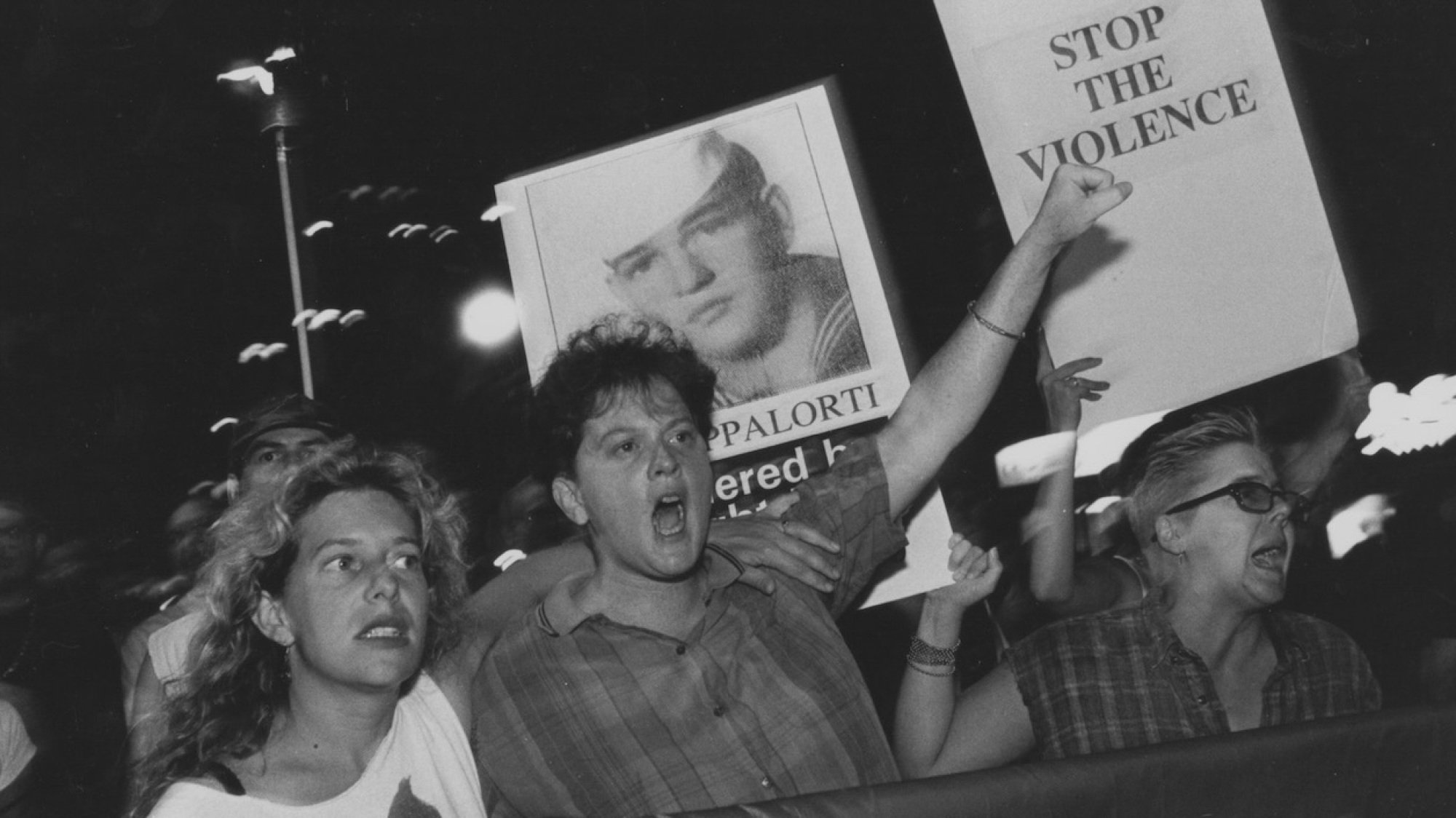
Last Call — based on Elon Green’s 2021 true crime book Last Call: A True Story of Love, Lust, and Murder in Queer New York — dives into the connected murders of four gay and bisexual men: Peter Stickney Anderson, Thomas Mulcahy, Anthony Marrero, and Michael Sakara. Their bodies were found in New York, New Jersey, and Pennsylvania between 1991 and 1993, sparking investigations across all three states.
Each of the victims led vastly different lives. For example, Mulcahy was a businessman from Massachusetts with a wife and children, while Marrero was a New York-based sex worker with deep ties to the LGBTQ community there. Yet all four frequented queer spaces in New York, including gay bars like the Townhouse and Five Oaks. Once safe havens for queer people, these bars in particular became a target for the serial killer responsible for these four men’s deaths — a murderer the media would go on to name the Last Call Killer.
While these deaths stirred up fears within New York’s queer community, the police investigations lacked a sense of urgency. Investigators were less willing to collaborate with the affected community, or even to acknowledge that the victims’ sexualities were central to the case. Activist groups like the NYC Anti-Violence Project (AVP), which seeks to end bias crimes towards LGBTQ people, stepped up to try to spread awareness of and gain information about the killer. Queer-run news networks like Gay USA and Gay City News also spoke out about the murders and criticized those in power who simply were not doing enough.
Last Call avoids true crime pitfalls by focusing on activism.
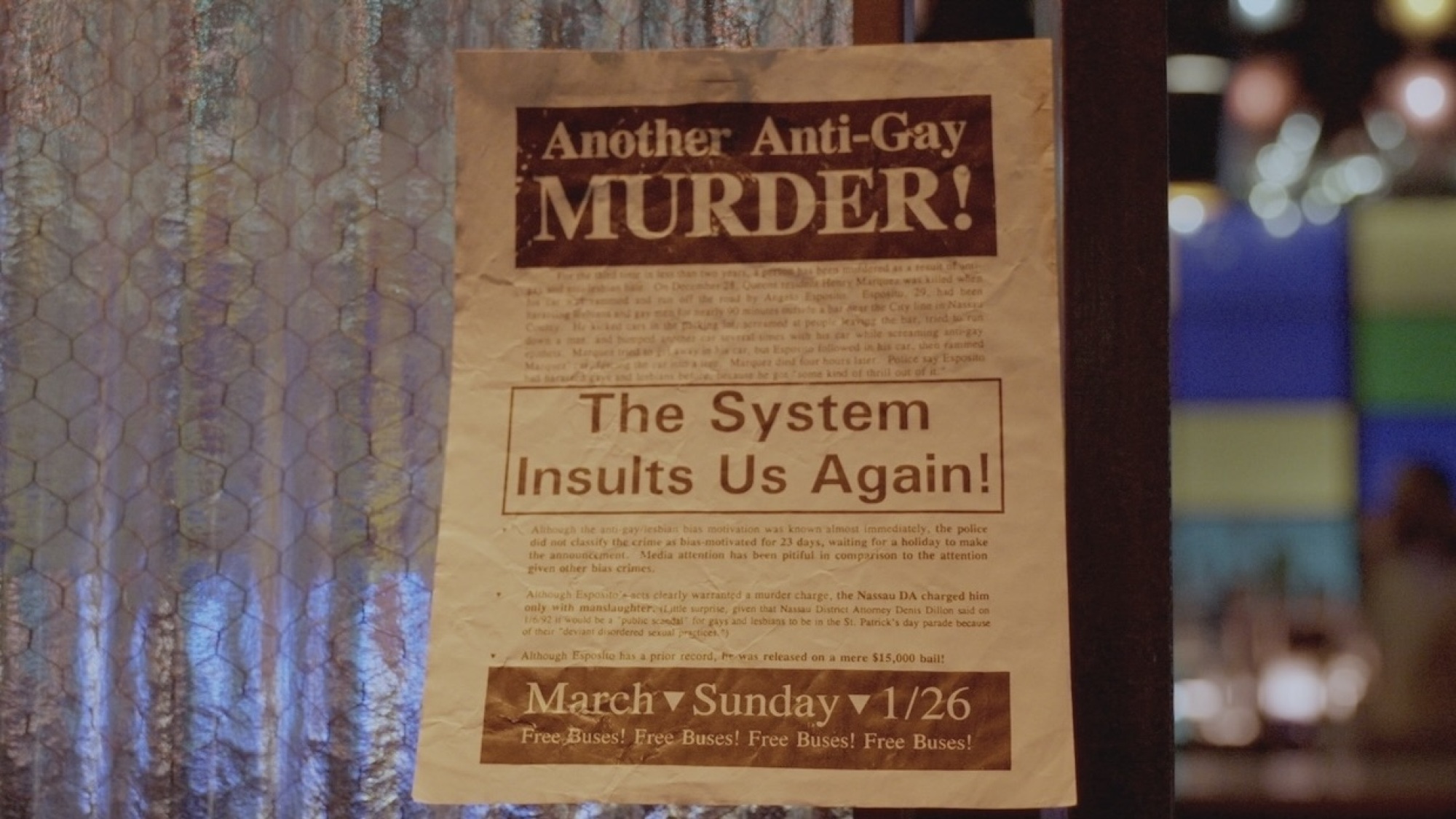
In a refreshing and rare step for true crime, the Last Call Killer is not even close to the main focus of Last Call. We certainly get answers about his identity, but Last Call spends more of its energy on organizations like AVP and its activist efforts, as well as the prejudices within the justice system that made tracking down the Last Call Killer such an uphill battle. Here, the crime becomes a vehicle through which Caronna can explore deeper systemic issues, instead of a means for spectacle.
Through interviews with AVP organizers like Matt Foreman and Bea Hanson, Last Call paints a picture of the extent of violence LGBTQ people were facing in ’90s New York. The murders of Stickney Anderson, Mulcahy, Marrero, and Sakara did not happen in a vacuum. Chilling accounts of bias crimes and violent “overkill” are proof of a carefully engineered environment of homophobia that encouraged harming queer people.
That bias extends to the police, the very same people who were meant to be solving these murders. We learn of homophobia and transphobia in the NYPD through harrowing descriptions of police officers entrapping and then violently arresting gay and trans sex workers. Apathy towards the gay and bisexual victims of the Last Call Killer also hindered the investigation, and even persists today. One investigator who worked on the case questions Carrona’s line of inquiry in a talking head: “Why is the emphasis on the gay part?” It would be funny if it weren’t so dreadfully sobering — it’s moments like these that hammer home just how crucial community outreach was in apprehending the Last Call Killer.
Last Call works to honor the Last Call Killer’s victims.
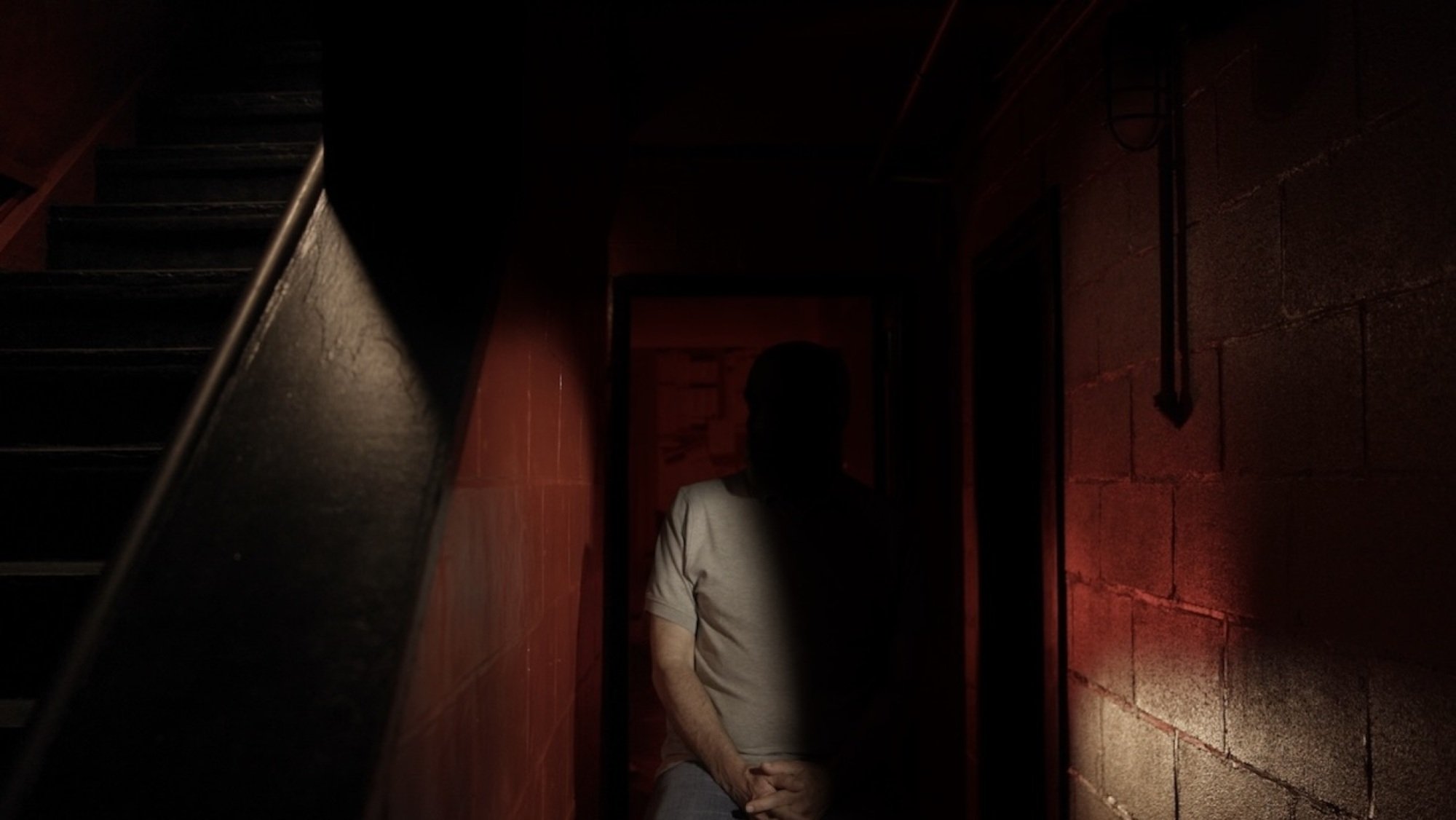
On top of emphasizing the queer community’s resilience and activism during the Last Call Killer’s murder spree, Last Call also seeks to paint full portraits of Stickney Anderson, Mulcahy, Marrero, and Sakara beyond just “murder victim.”
For this, Last Call turns to people who knew and cared about each man, from partners to family members to friends. Their interviews serve as touching tributes, but they can be deeply troubling as well. One of Marrero’s brothers refuses to believe he was gay, saying that he just hung out with gay people but he definitely wasn’t gay himself. However, Marrero’s grand-nephew, a bisexual man, wonders what it would have been like to march at Pride with Marrero, and how he can effectively memorialize him.
There’s a deliberate care to each of these interviews with the victims’ loved ones, and to the discussion of queer activism surrounding the murder case. Unlike much press reporting at the time of the murders — which one interviewee labels as “salacious” — Last Call completely de-centers its murderer in favor of amplifying the voices and stories of those who were harmed by his actions. (Each episode is named after one of the victims.)
That de-centering comes through throughout Last Call, even in its powerful upcoming finale, which details the killer’s capture and court case. Despite the more killer-focused episode, Hanson finds she can’t even remember his name, choosing, like Last Call, to focus on the victims instead.
“It wasn’t about him,” she says. “You want to remember the names of the people who were lost, not the person who did the act.”
